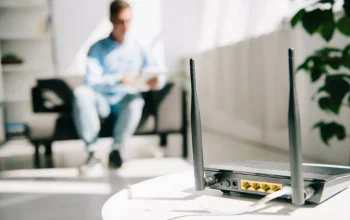In a world that is increasingly connected and dependent on technology, it is common for people to leave their computers asleep for long periods. However, security experts warn that this practice can carry significant risks to the integrity and performance of the computer.
It is widespread, especially among laptop users, to let the computer go to sleep instead of turning it off.
By doing so, when the computer is reactivated, the boot process is much faster than letting it repeat the process from its shutdown state. In addition, you will find everything you had left open as you had it, so it is indeed very comfortable.
However, the problem is when you leave the computer in a state called ‘deep sleep,’ that is, for a very long time.
Computer: Dangers of leaving it in this state of suspension for a long time
The necessary maintenance and updating tasks are not carried out when the computer is asleep to keep the system safe and functioning correctly.
As such, operating system updates and security patches may not be applied, leaving your computer vulnerable to potential cyber threats. Hackers can exploit these vulnerabilities to access personal data, steal confidential information, or install malware.
Another danger associated with putting your computer to sleep is affected performance. Background processes can build up and affect overall system performance as time passes.
This can result in slower, unresponsive applications and a general decrease in computer performance.
Computer: Better to shut down or suspend?
It depends on how you use the equipment. That is, if the use of the computer is constant during the day but with minor interruptions of one or two hours, it is advisable to use the sleep state instead of turning it off. In this state, the RAM will continue to work, allowing you to resume computer use quickly.
On the other hand, if you plan to use the computer in the morning and not use it again until the afternoon or evening, the best option is to use hibernation. When you activate this mode, the RAM is completely turned off. Still, a copy is saved in the storage with all the information necessary to restore the exact state of the PC when hibernation is initiated.
That way, when you use the computer again, it will use that stored copy to restart precisely where you left off, with the same programs open. It is important to note that hibernation is not enabled by default in Windows 10, so you will need to follow specific steps to use the hibernation feature.
The third option is that if you are only going to use the computer at a specific time and won’t use it again until the next day or even a few days from now, it is best to turn it off. While leaving it idle has minimal power consumption, it does wear out components because they continue to function at a minimal level.
Finally, it is essential to note that leaving your computer to sleep for several days instead of turning it off can lead to severe problems, such as blue screens and data corruption.
This is because the memory is in a state of minimal activity and retains data for too long, which is incompatible with its regular operation.




